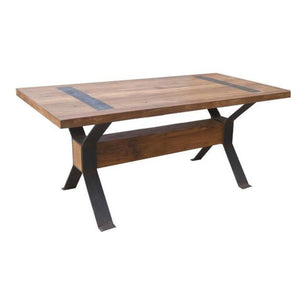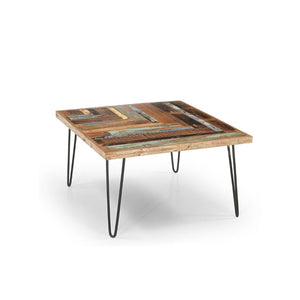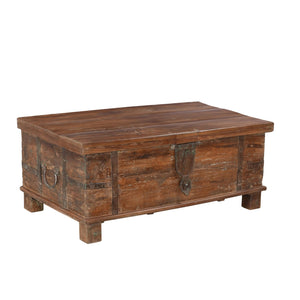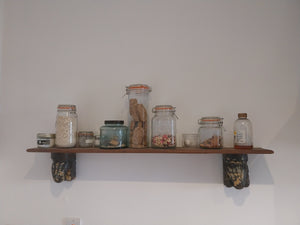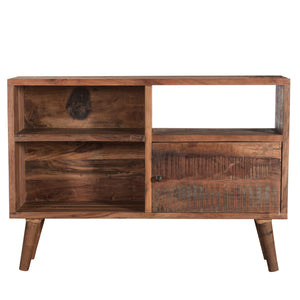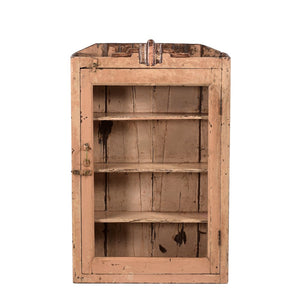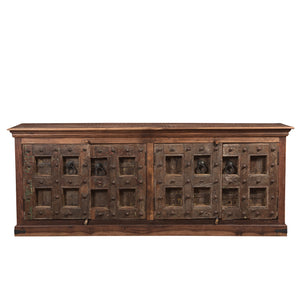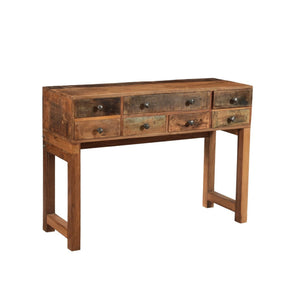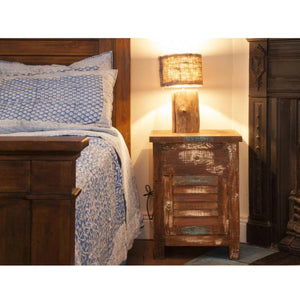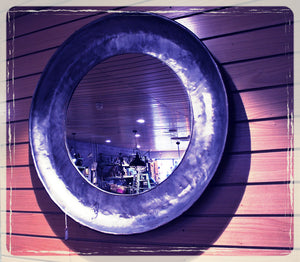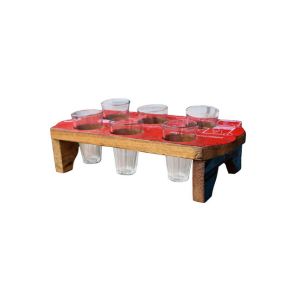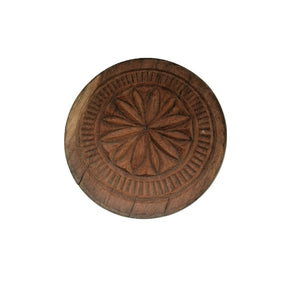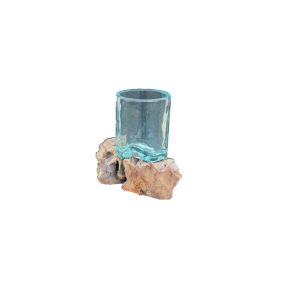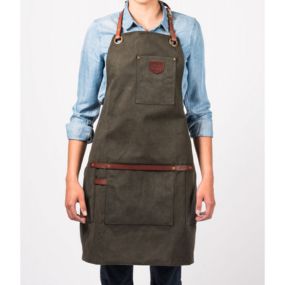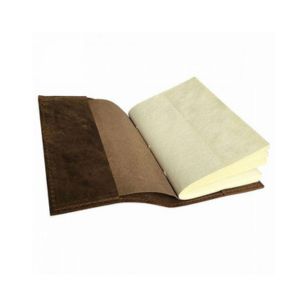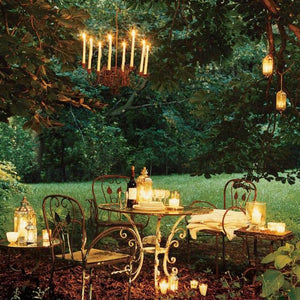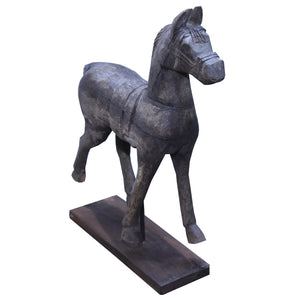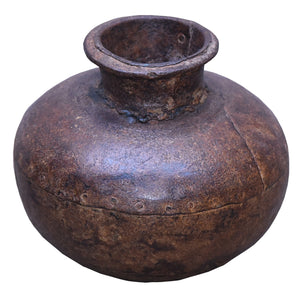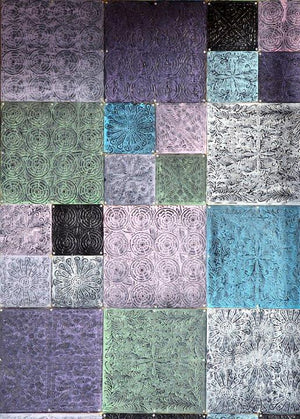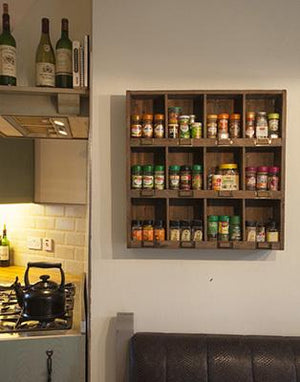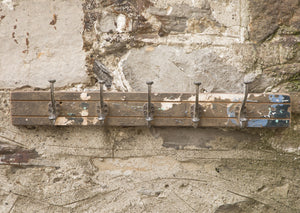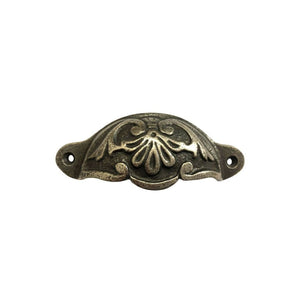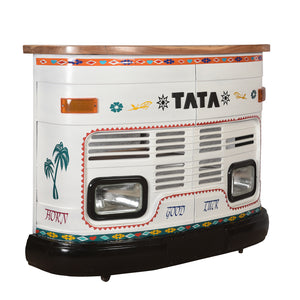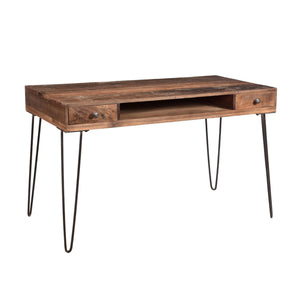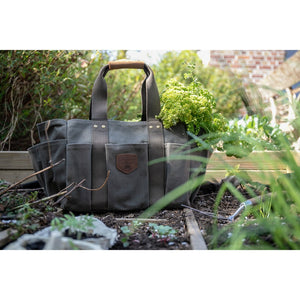What to Look for When Choosing a Sideboard
Sideboards have been stereotyped as traditional and confined to the dining room for too long. Writing it off as a simple piece of dining room furniture with storage limits its potential. Out with the old way of thinking! We're here to enlighten about this stylish and functional piece of furniture that can impact any room of the home.
The sideboard, a historically traditional piece of furniture, is having a significant on-trend moment right now. Sideboards originated in the latter part of the 18th Century by English designer, Robert Adam. He created a three-part assembly consisting of a "board" flanked by two pedestal cupboards, typically placed to the "side" of the dining table. From there, it evolved from foodservice assistant to storage for serving wares. Then, there was a significant revival during the mid-century modern era. They were introduced to rooms other than the dining area and offered attractive storage and display solutions for private offices and boardrooms. No longer just for dining rooms in the home, they're great choices for the hallway, living area, bedroom, or home offices. Beyond the functional aspect, they add an infusion of style, flair and attractive storage. A beautiful piece of furniture serving form, function, and works in almost any room of the house, who can say no to that?
WHAT IS A SIDEBOARD?
Sideboards are rectangular, with a slim footprint, raised off the ground with legs to support cabinets or drawers for storage. Typically, 15 to 18 inches (38.1 to 45.72 cm) deep with a height of 30 to 34 inches (76.2 to 86.36 cm). Since they're slimmer than wardrobes, chests, or bulky cabinets, it fits nicely along a wall, behind a sofa, or in an office without encroaching on walkway space.
WHAT ARE SIDEBOARDS USED FOR?
Modern sideboards have many uses, particularly if you need extra storage or surface space for display or utility purposes. By rethinking the functionality of this piece in your home, you'll see them in a whole new light. So let's explore the areas where they work.
ENTRYWAY
Ideal as showstoppers in an entry hallway to anchor artwork and to add style to narrow spaces. It's a great place to add a lamp or two for ambient lighting. Make your hallway stand out with our Viking Sideboard piece to greet and delight guests.
LIVING AREA
Assess the vibe of your living area and decide where the piece works well without overcrowding the room. A sideboard works well behind a sofa to add depth. Or it works ideally placed under wall-mounted artwork or a framed mirror to anchor the accessories. Our Sherpa 6 Drawers piece with mixed reclaimed wood in a teak frame adds storage, style, and flair in any living area.
MEDIA SOLUTION
In the same way a sideboard grounds artwork, it does the same for wall-mounted TVs. Since a sideboard is taller than the average media console, it's a great way to fill in negative wall space below the top surface of the piece and the bottom of the TV. Plus, the ample storage allows for hiding various cords and other electronics, like the router or WIFI box.
BAR
We love a good bar cart, but sometimes you might not want your spirits in plain view or easily accessible. Serve up a new take on this traditional piece by utilizing the storage for glassware and bottles with a drink prep station on the top surface. Choose one with the right mix for entertaining. For uncompromised swagger, check out the Railway Shutter, with sliding doors for ease of access.
DINING AREA
When choosing a sideboard for the dining area, ensure it works well in terms of size. Consider the size of the dining table. For proper scale, it should be slightly taller than the table and in proportion to the length of the dining table. A table that seats 10-12 people and a compact sideboard will create some visual unpleasantness. The same goes for a long sideboard with a smaller-scale table. Just keep the scale of both pieces in mind.
If the dining room area does not comfortably accommodate it, but you still need it to help with dinner service and storage, look for adjacent wall space in the hallway closest to the dining room.
HOME OFFICE
Placing a sideboard in a home office not only clears clutter from the desk—it balances the room. For a home office on the bland side, you can opt for one with a lot of visual interest by displaying awards, pictures, decorative objects and the like. It allows space for decor in a room that needs a little something.
BEDROOM
Instantly organize a bedroom with a piece that is sleek and streamlined. Instead of a chest of drawers, or cluttering nightstands with day-to-day necessities, transform the space with a stylish storage solution. With a mix of drawers and shelving, you can sort items, books, and more by both size and type, hiding them when not in use. The Bronze Pittarri Storage Trunk is a versatile piece for blanket and throws storage at the foot of tall bed frames or along the wall.
DISPLAY CASE
Beyond simply providing the all-important storage solution, sideboards offer the perfect space to display lamps, photos, and collectables.
WHAT IS THE DIFFERENCE BETWEEN A SIDEBOARD, CREDENZA, AND BUFFET?
You may have heard these three terms used interchangeably to describe the same piece of furniture. Hint, the legs are the differential giveaway. Credenza is used to identify a piece without (or very short) legs. Credenzas are typically located in an office space or large hallway. Buffet and sideboards have longer legs. Formally, the only difference between the two is that a buffet is referenced for dining room use only, while sideboards are referenced for many rooms.
WHAT TO LOOK FOR WHEN CHOOSING A SIDEBOARD?
Sideboards are available with doors (swinging or sliding) or without doors where the shelves serve as a display area. Which one is ideal for your space? Consider the area you're placing the piece and your storage needs. Heirloom tea service? On display. A catch-all for electronics, manuals, and other items? Hide it! While open or glass doors are perfect for displaying collections, the beauty of closed storage is that it keeps your clutter a secret.













